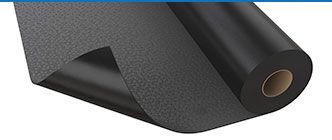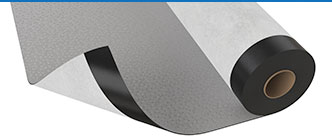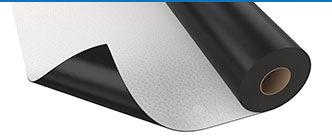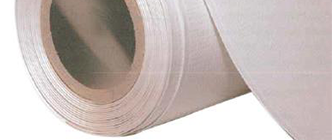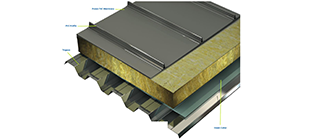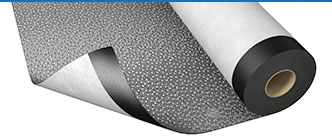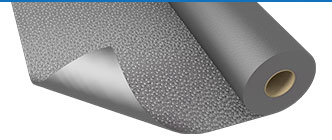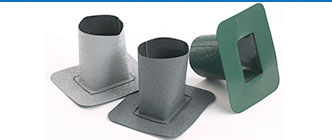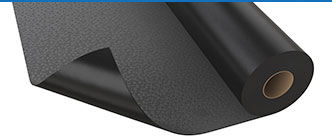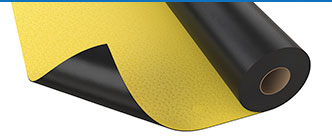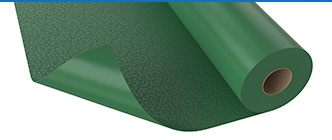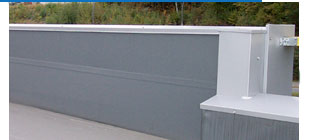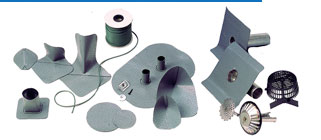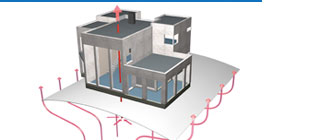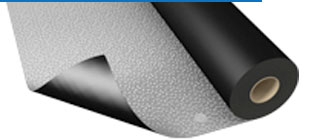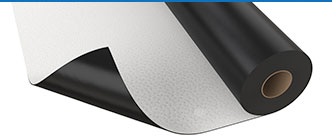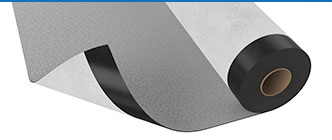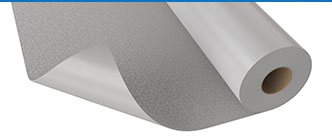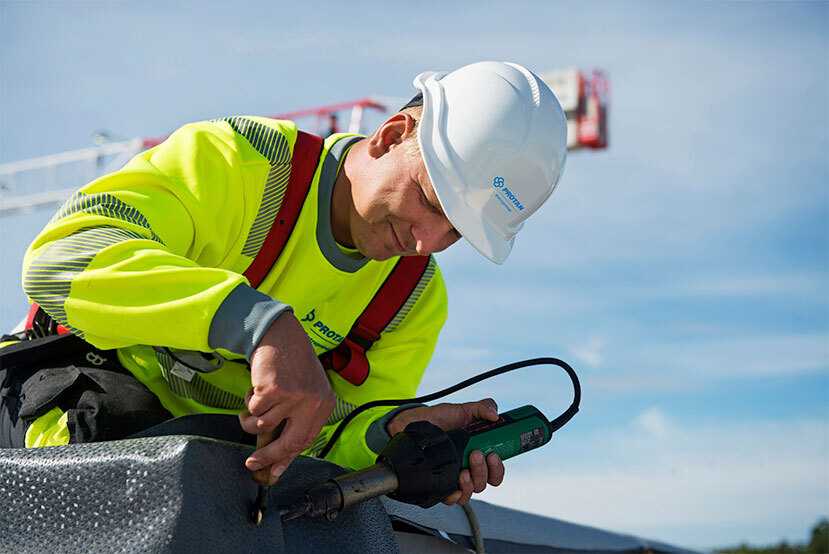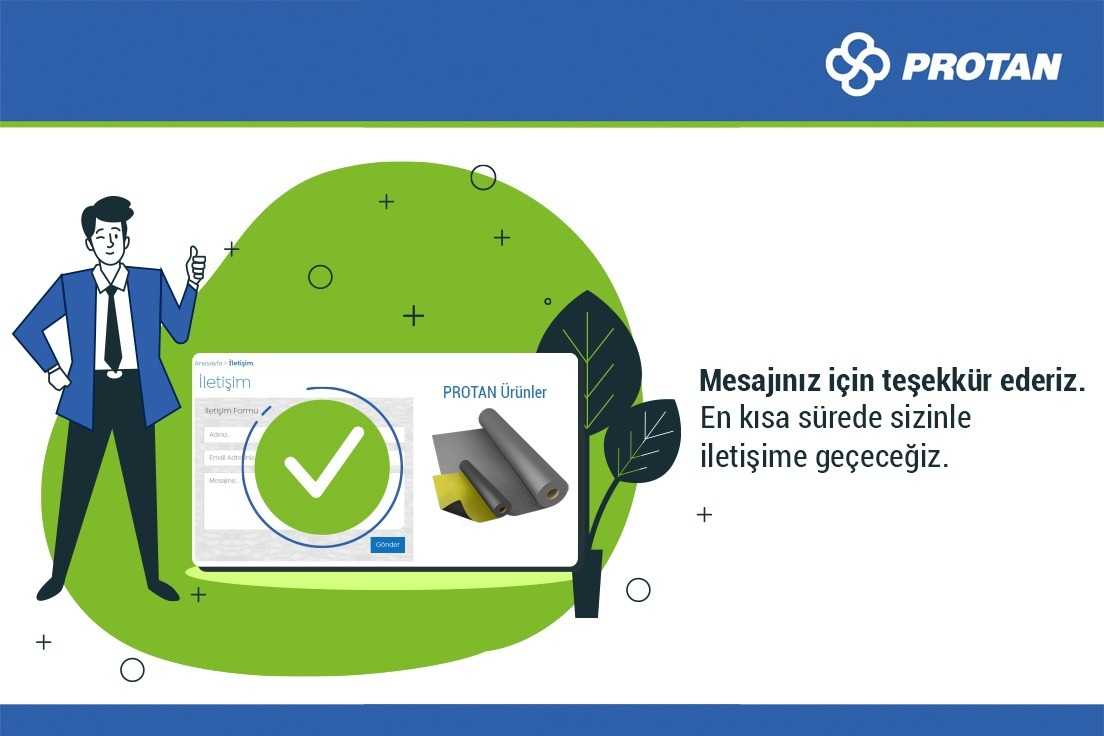What is Roof Insulation?
With the use of insulation materials to protect the building from external factors, most importantly from water, roof insulation can be used to protect the building from water and to prevent water leakage, thus prolonging the life of the building. Since roofs are always the most vulnerable areas, they are considered the most important elements in all structures.
What Does Roof Insulation Do?
Roof insulation made with the use of a waterproof material called membrane ensures the protection of the roof from all kinds of water threats. As a result of covering the roof with a membrane, the need for hard-to-return modifications is also prevented. However, the membrane must be used very accurately. If it is not applied correctly in the roof folds, water leakage will continue due to the gaps in between, even though it is a waterproof material. For this reason, it is important that the application is carried out by experts as well as the quality of the membrane.
In any building, it is possible to provide protection to a great extent by insulating the foundation, exterior and roof. In this way, it not only contributes to the family budget and the country's economy, but also contributes to the reduction of air pollution by reducing the consumption amount of fuels such as natural gas and coal.
By means of insulation in buildings, factors such as condensation, corrosion, sweating that may occur in buildings that can harm both the structure and the health of people are prevented. The insulation applied to the buildings also provides benefits in terms of sound insulation. With the reduction of noise, more peaceful buildings are made available to people. Since the heat insulation materials used in the roofs have high resistance to fire, they can also play an effective role in ensuring fire safety.
Why is Roof Insulation Made?
Roof insulation is made to protect and support the quality of the buildings on the first day. Thanks to the roof insulation that can be applied to almost all roofs; It can be prevented that external factors caused by nature can damage the roof and the building. In addition to protecting from sweat and corrosion caused by humidity, roof insulation also plays a very important role in providing heat and energy savings.
While making roof insulation; the materials that make up the roof detail; It should be taken into account that the material is likely to change from vapor state to liquid state and condense, respectively, with the resistance they show during the passage of water vapor. For the creation of a 100% waterproofing layer; joints in the thin layer must be applied correctly. Roof insulation that prevents undesirable situations against roof overflow and puddles; Thanks to the reinforcement of the slope concrete under the waterproofing layer, it can easily discharge water by flowing from the drains. The water vapor coming from the hot side; It may be possible to pass through the thermal insulation board and cause condensation on the surface of the waterproofing board. As a result, performance may decrease.
What are Roof Insulation Materials?
When making roof insulation applications, it is necessary to choose the products with the highest quality and the right thickness for the roof on which the application will be made. Choosing the right materials in roof insulation applications and applying them with good workmanship plays an important role in the success of roof insulation.
Protan synthetic cover/membrane products are obtained from plastic and elastomer raw materials. It is long-lasting due to its chemical properties. It can be produced in long lengths and can be applied in one coat. Joints can be combined with processes such as heat, chemical adhesives, flame welding is not used. They are waterproofing membranes that are resistant to outdoor conditions such as UV and wind.
How Are Roof Insulation Materials Used?
Insulation is very important for roofs due to the internal and external physical conditions it is exposed to. Removal of snow and rain water is not a problem on pitched and coated roofs due to the shape of the roof. However, on low-sloped roofs, these waters must be directed to water drainage points via slopes. The water vapor formed in the inner volume of the building, due to its pressure, wants to pass through all the building elements surrounding this volume and go out. In order to apply this water vapor, different applications should be made according to the roof types. The water vapor formed in the interior volumes of cold roofs, if any, traverses the reinforced concrete carrier floor, or the ceiling of the volume, and reaches the upper air layer. Here, the water vapor escapes from the covering part of the building roof, especially in the gaps of the covering-based covering materials to the outside atmosphere.
A significant part of the heat loss on the exterior of the building consists of the heat energy lost through the roofs. In order to prevent this heat loss, it is necessary to use certain quality heat insulation materials. In cold roofs, if the attic is not used as a space; It may be possible to lay the heat insulation material directly on the floor. If it is used as an attic space, the thermal insulation problem should be solved directly within the cover system. With this; Open-pore classical thermal insulations used in warm roof solutions must be used together with a screed layer in order to increase the bearing capacity against point loads. By producing sheathing materials with closed pores and not affected by water, It is known that the possibility of making an inverted roof is provided for the purpose of applying the exterior cladding material on the waterproofing layers. If a roof with insulation from the bottom is desired in factories operating with high temperatures, a stronger insulation of the upper part of the roof is required.
Roof skylights are used for the light requirement of warm roofs. UV is a necessary factor for the protection of hot roofs, and UV protectors are often used to protect the last layers of black or dark warm roofs from the negative effects of radiation. At the beginning of the UV protectors are white round pebbles. This material is used in the form of a layer of glued fine gravel with a size of 1-2 cm, and on top of this, it is laid in the form of white colored free gravel with a size of 4-5 cm.
In order to prevent regional sounds from passing through the floors in buildings, the floor must be heavy enough to not cause membrane vibration with this sound vibration. Warm roofs are designed and calculated to carry dynamic loads with different layers on them and these layers. For this reason, zone noise does not cause many problems in the flooring of such roofs. However, a floating screed type of planning can give positive results so that the sound of knocking does not cause discomfort on hot roofs that can be walked on. In cold roofs, the presence of air cushions between the covering and the carrier floor can have a positive effect on sound insulation.

